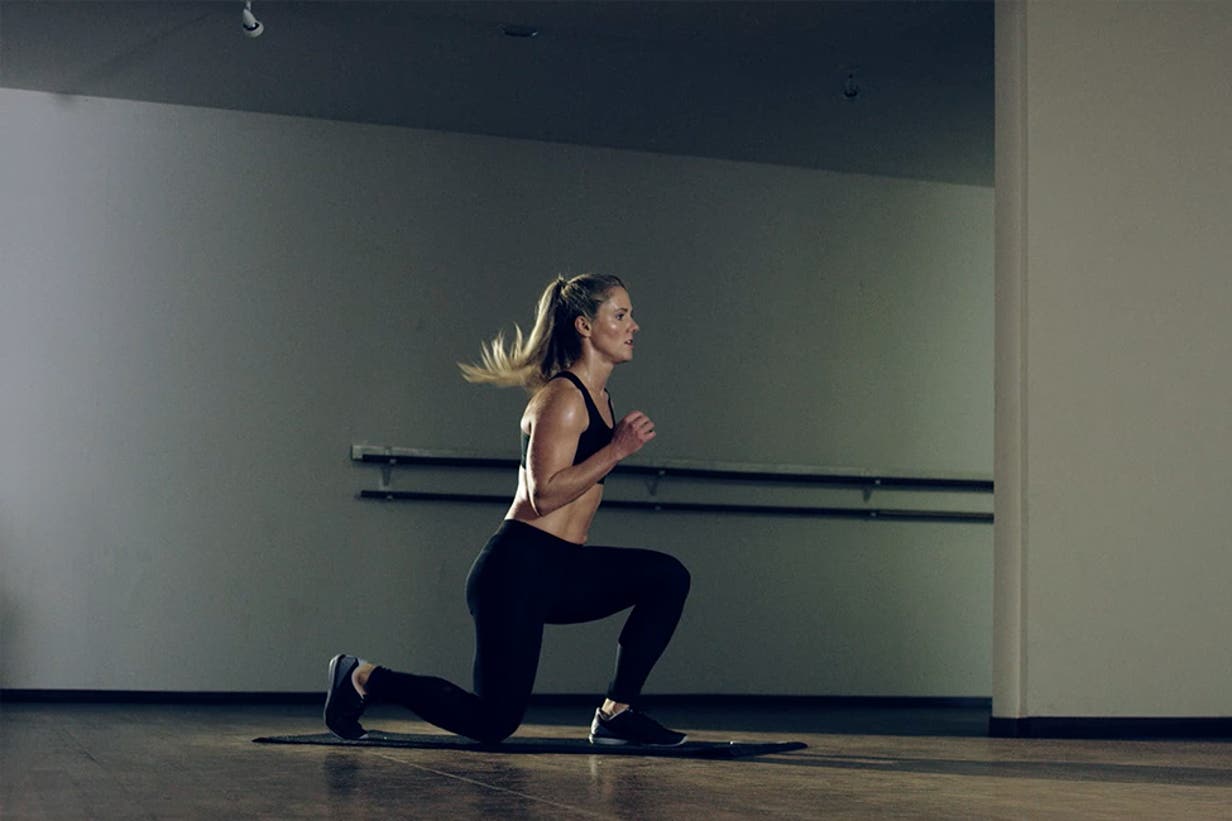In training, there’s one part of our legs we tend to underestimate and overlook: the calves. When it comes to increasing lower body strength, getting faster or more agile, we instantly think about the big players in our legs, like the glutes, quads and hamstrings. But are you aware of the important role your calves play in running and sports, in general? Read on to find out more about your lower-leg muscles and running, the dangers of skipping calf day and which exercises will get you those strong and sturdy calves you require.
Lower leg muscles in running performance
Although nearly all the leg muscles are used in running, your calves are particularly important. Finnish scientists measured the overall muscle effort of runner’s legs whilst running and surprisingly, the overall effort of the calves was 25% higher than of the quads. The soleus (inner calf) and gastrocnemius (outer calf) extend and flex each foot during landing and as you push off as well as act as shock absorbers, absorbing the impact and literally putting the spring in the stride. With that being said, your calves also tend to fatigue faster. That’s why it’s so important to train your calves in order to make them stronger to avoid fatigue and prevent injury, not just in running but in all sports.
More benefits of strong calves
- Your calves also act as a deceleration tool for your body. Imagine you’re doing a sprint and need to stop or change directions quickly. Here, your calves absorb up to 10 to 12 times your bodyweight. Trained calves are therefore required to bear this load and ensure you decelerate safely to avoid injury caused by the eccentric phase of any exercise.
- They stabilize your knees – important for jumping exercises where unstable knees can result in poor form and injury. Here, a strong set of calves protect the joints.
- Well trained calves result in increased vertical jumping power. With the gastrocnemius mainly composed of fast-twitch muscle fibers, your calves can execute quick and explosive movements, such as those required during high jumps, squat jumps and sprints. Although genetics determine the amount of fast-twitch muscle fibers every person has, strengthening the calves helps everyone perform these power movements.

How to train your calves
Are you guilty of neglecting your calves? Then it’s time to start paying them the attention they’re due. Not just strengthening, but also supporting their regeneration process will help you get that healthy and strong set of calf muscles you need to perform your best. Here’s how:
Strengthening exercises:
- Calf Raises: Super simple but extremely effective. By simply lifting your heels off the ground but keeping your knees straight you can effectively strengthen your calf muscles.
- Jumping exercises: Split Lunges, squat Jumps or other plyometric exercises are also a good way to strengthen the calf muscles and also protect joints.
Recovery and regeneration:
- Foam rolling: Foam rolling is an effective way to release muscle tightness in specific points in the body – especially your calves. Applying pressure to tight calf muscles with a foam roller helps break up muscle knots, resumes normal blood flow and function, therefore allowing your calves to recover faster and become more elastic and healthy. Think of it as a cheaper sports massage you can do yourself.
- Compression: Compression socks support your body’s blood flow and lymphatic systems in restoring damaged tissue. They have become extremely popular amongst runners as they also provide muscular stability. By reducing the movement of calf muscles when runners’ feet hit the ground during a run, they also reduce the risk of muscle damage caused by the impact.